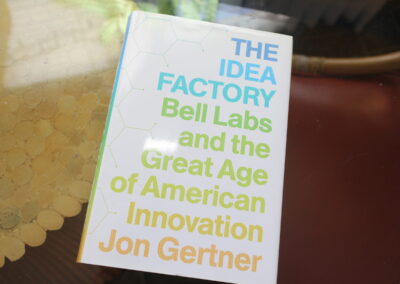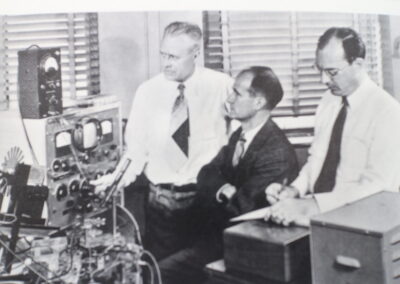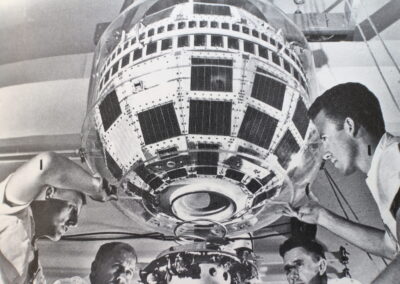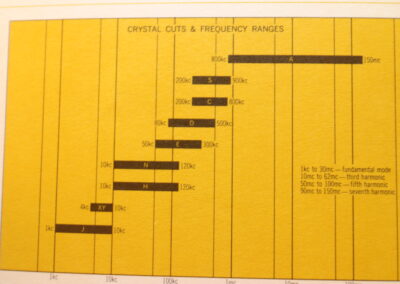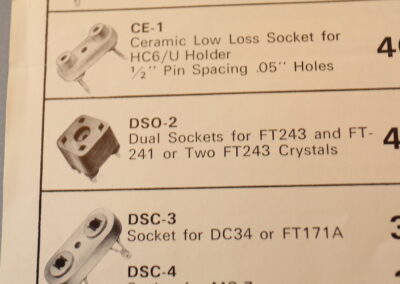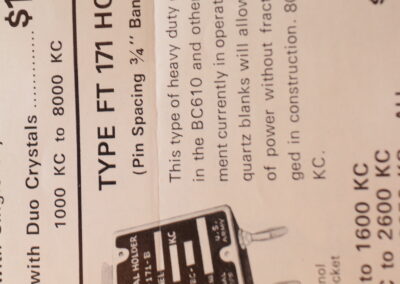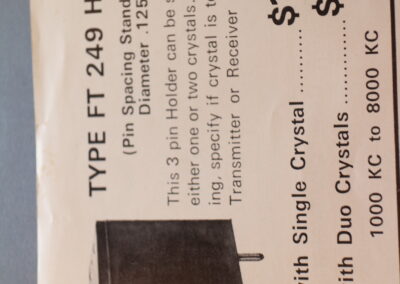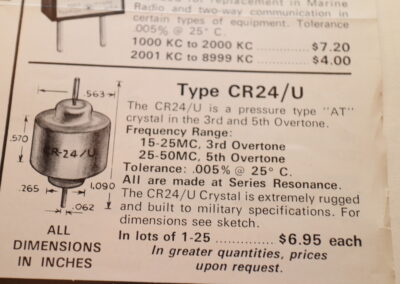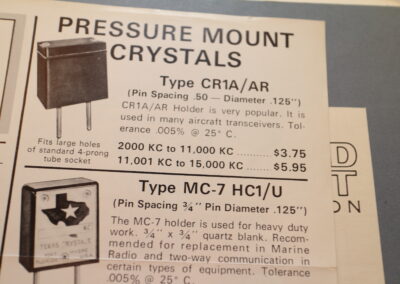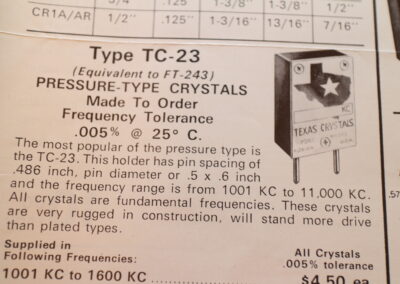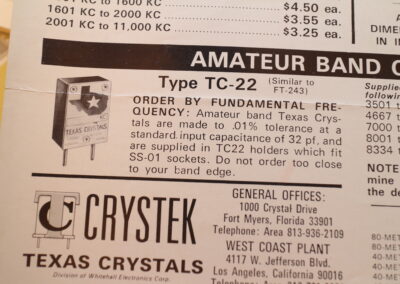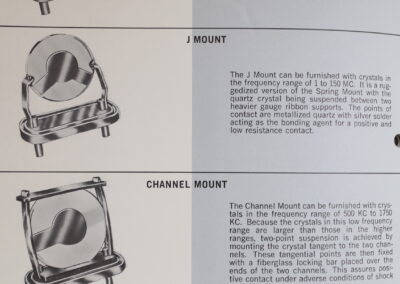May, 1986 – Volume 1, No. 1

PARS Book Review: The Idea Factory by Jon Gertner
PARS Book Review: The Idea Factory by Jon Gertner
Prior to the breakup of the Bell System by the federal government, Ma Bell created the prototype industrial research organization–Bell Labs. If you grew up in the 60’s and 70’s, you couldn’t miss the work of Bell Labs.
Bell Labs teams invented the transistor (!), demonstrated the value of orbital satillites and orbited the first communications satillite Telstar.
The people behind this remarkable list of achievements are what this book is about. Each of their stories is told like a murder mystery where the technology is the murder and the inventor(s) is the detective solving the case. It is a compelling writing style for what might otherwise be a dry, academic history.
Maybe the names John Pierce, Claude Shannon and Bill Baker don’t mean much to you, but they will mean a LOT after reading this book. You will also get strong insight into the thinking of notable illuminaries like William Shockley, principle inventor of the transistor, and Doug Ring, who was the first to outline the design of what became our modern cell phone network–a design published in 1947!!
Sections of this book move pretty slowly. But other sections light a fire under the story and it all flows together remarkably well. I didn’t think much of the closing chapters which are dedicated to rounding out the lives of the protagonists–mostly sad and contributing nothing to the tale.
But man alive, the bulk of this book is MUST READ if you like the history of technology. –Don Merz
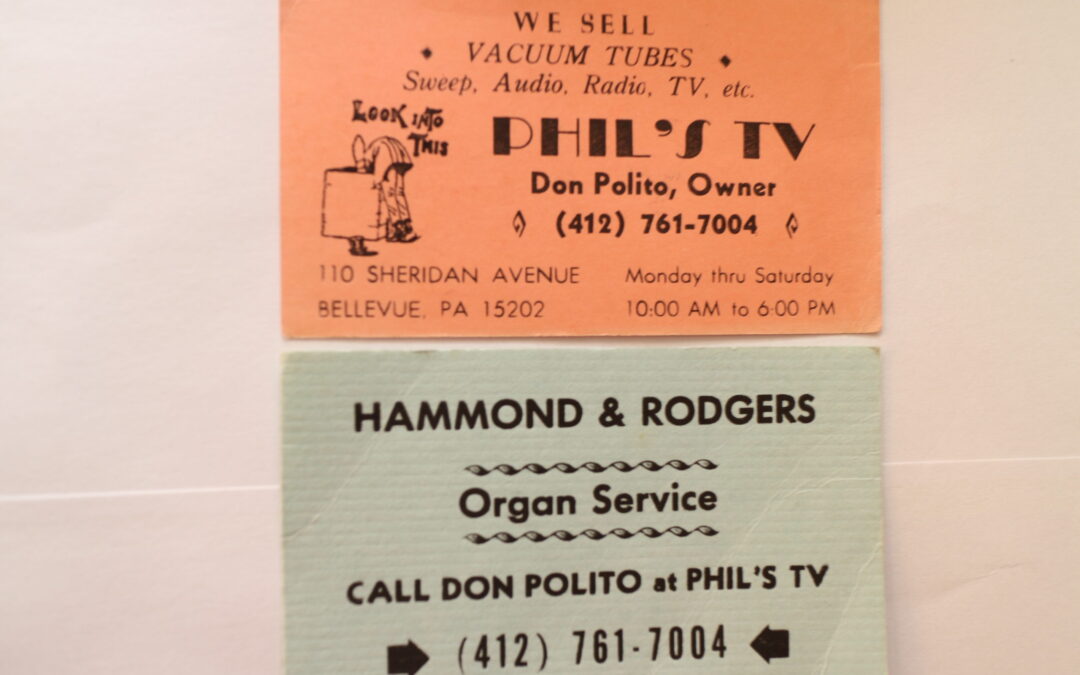
Don Polito Passes
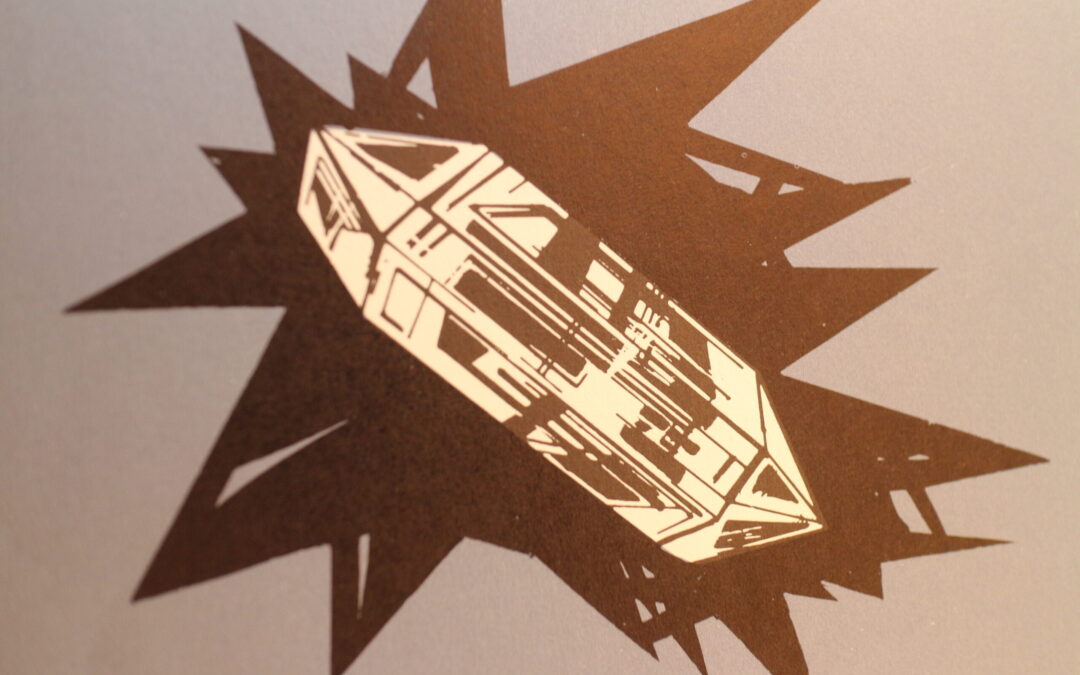
Quartz Radio Crystals, Part II
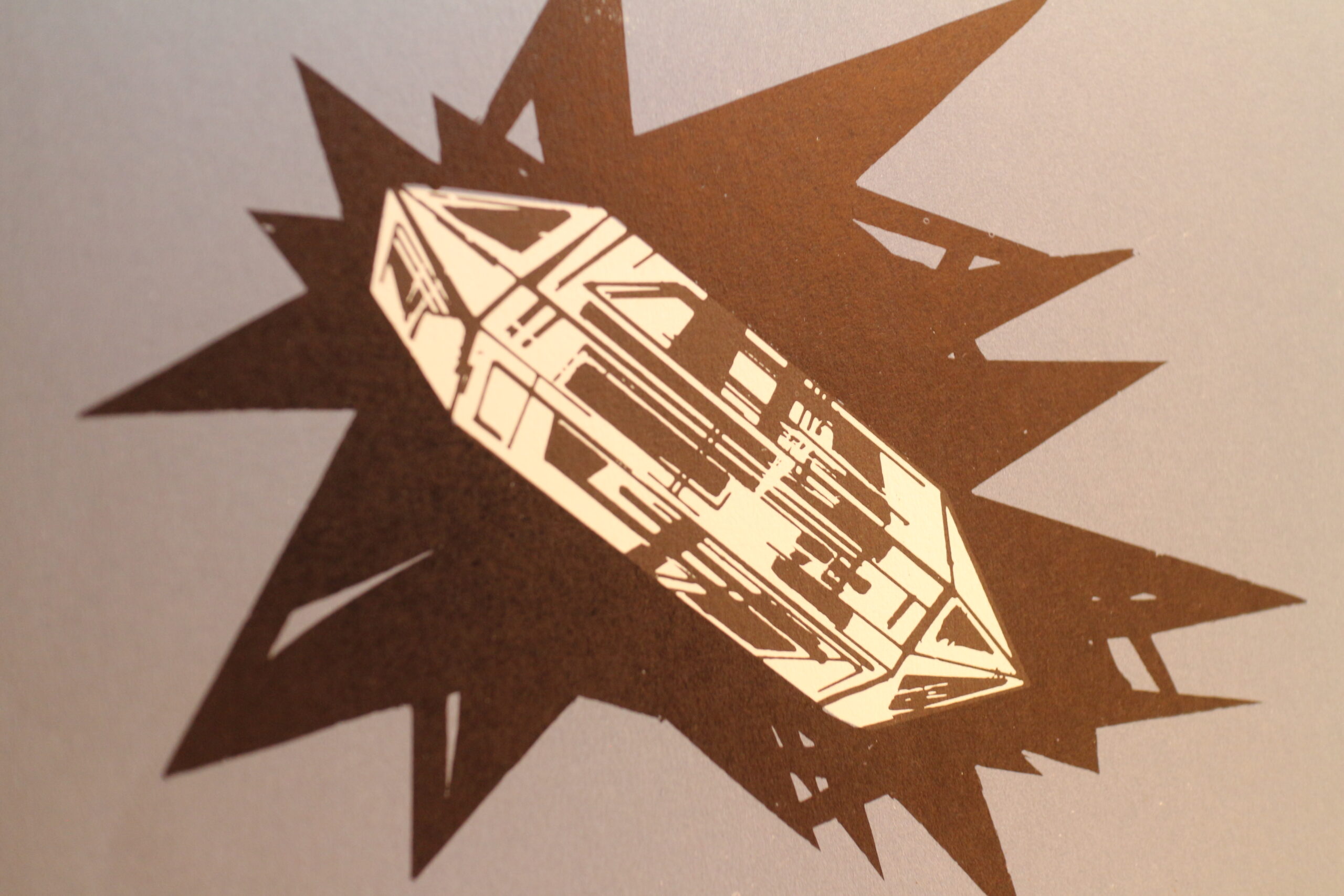
Quartz for Radio, Part II
As the second world war loomed, it was clear to many that science and technology would play key roles. Precise frequency control would become fundamental to what Dr. R. V Jones termed ‘The Wizard War.” (read the book!–it is not to be mssed!).
Other than through frequency synthesis some 20+ years later, the only reliable method of obtaining and retaining frequency stability at the start of WWII was through cutting, polishing (lapping) and finishing extremely precise slices of quartz.
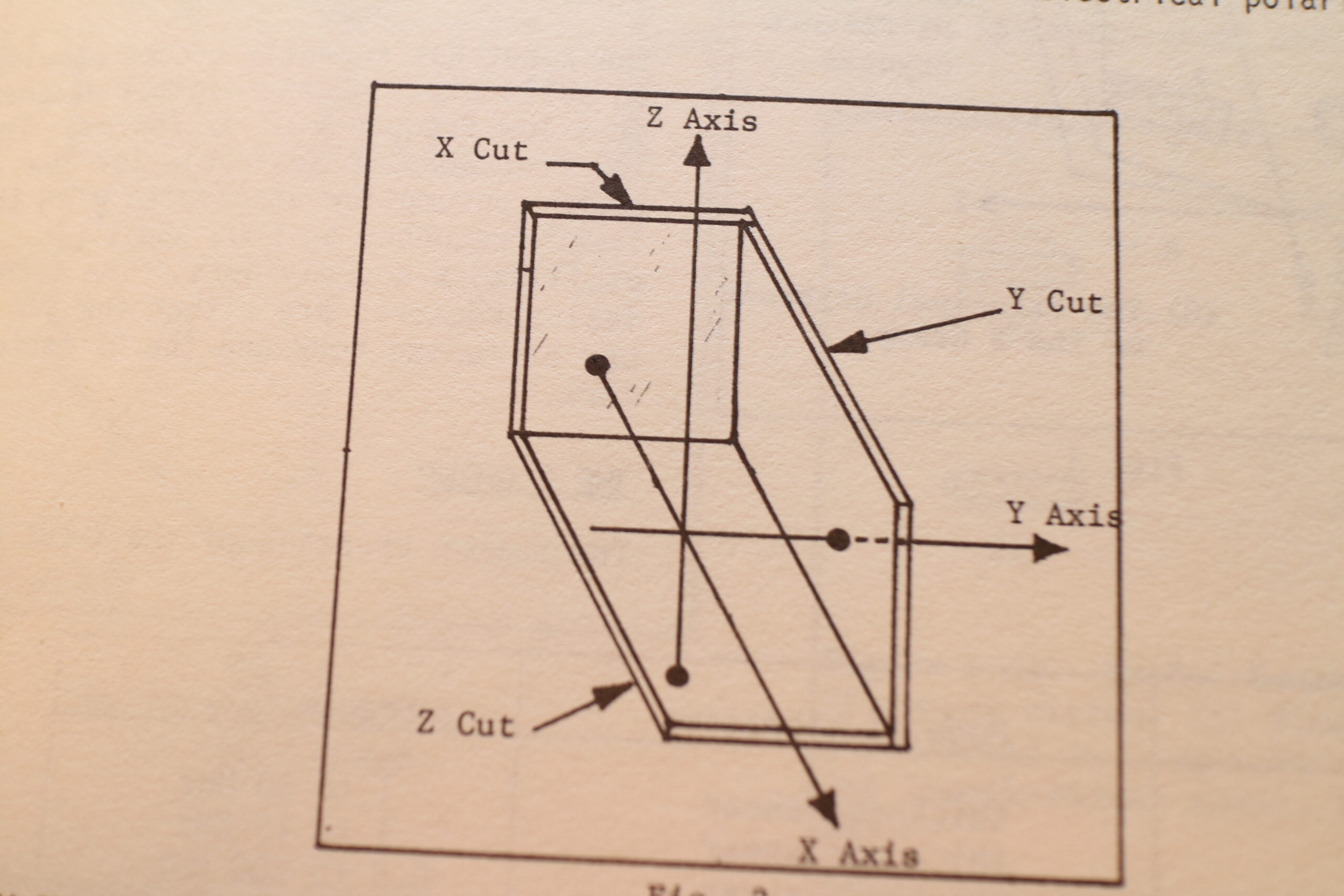
Axes and Reference Directions
An orthogonal coordinate system was developed for precisely selecting crystals for broad frequency ranges and sopecific frequencies within those ranges. For instance a so-called “X-cut” crystal was useable in radio at frequencies beween 40 and 350khz, As you may well imagine, under the pressure of wartime needs, research quickly identified many other cuts along many other axes that produced crystals that could resonate at precise and extremely useful frequencies.
As the war heated up, the US military identified a need for MILLIONS of crystals for its’ radios. Radio designs chosen for production were often chose on the basis of the need the radio design would create for more crystals. And yet, the work required was so precise that it resisted conventional attempts at ‘Henry Ford-style” automation.
Crystal “holders” grew many and varied. Early holders had to be designed to take high current imposed by then-popular oscillator designs.Even with good holder designs, many valuable crystals were lost–cracked when they overheated.
The brief gallery of images below reviews post-WWII crystal holder designs and other engineering wizardry that surrounded the humble quartz crystal.
